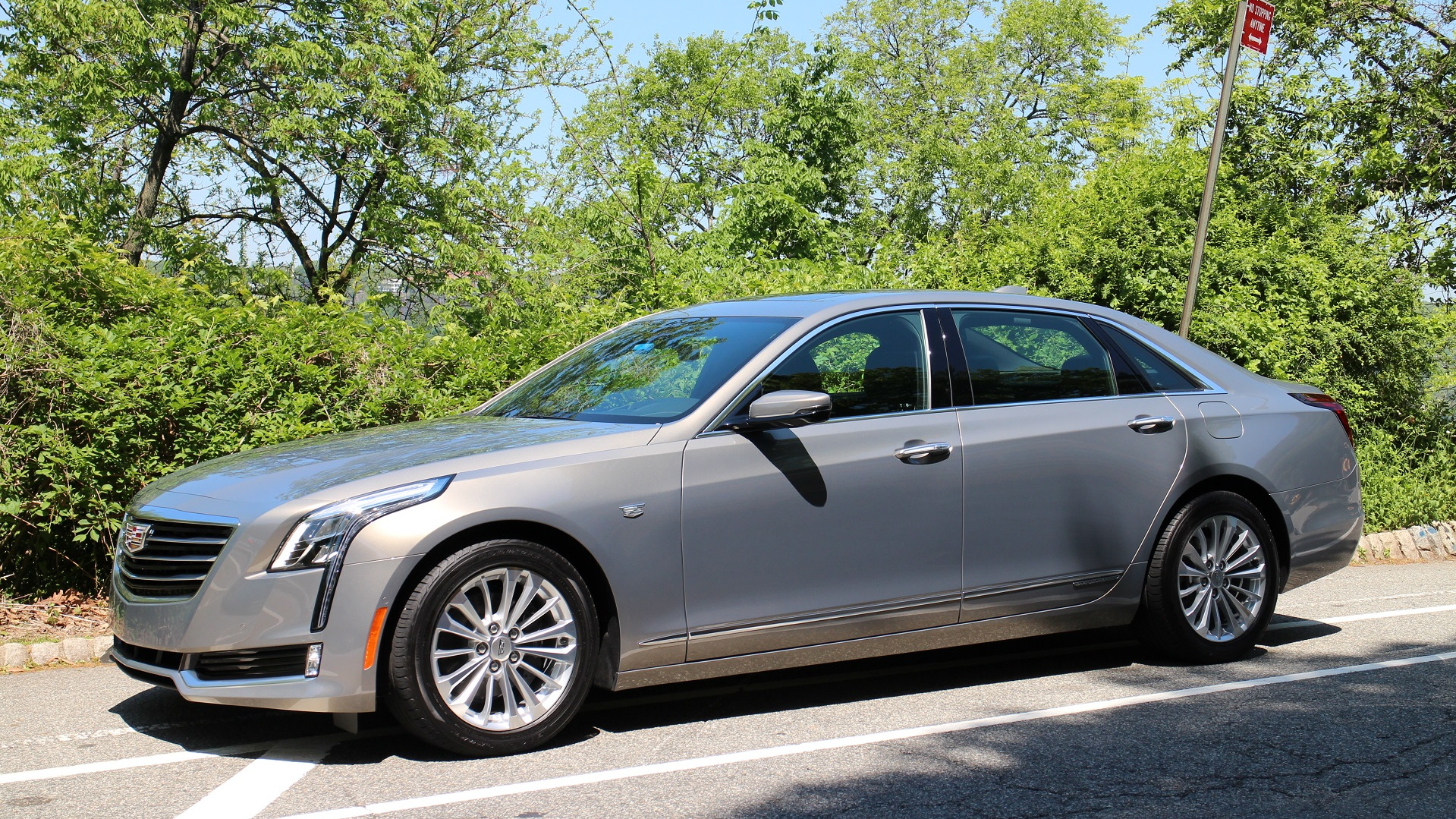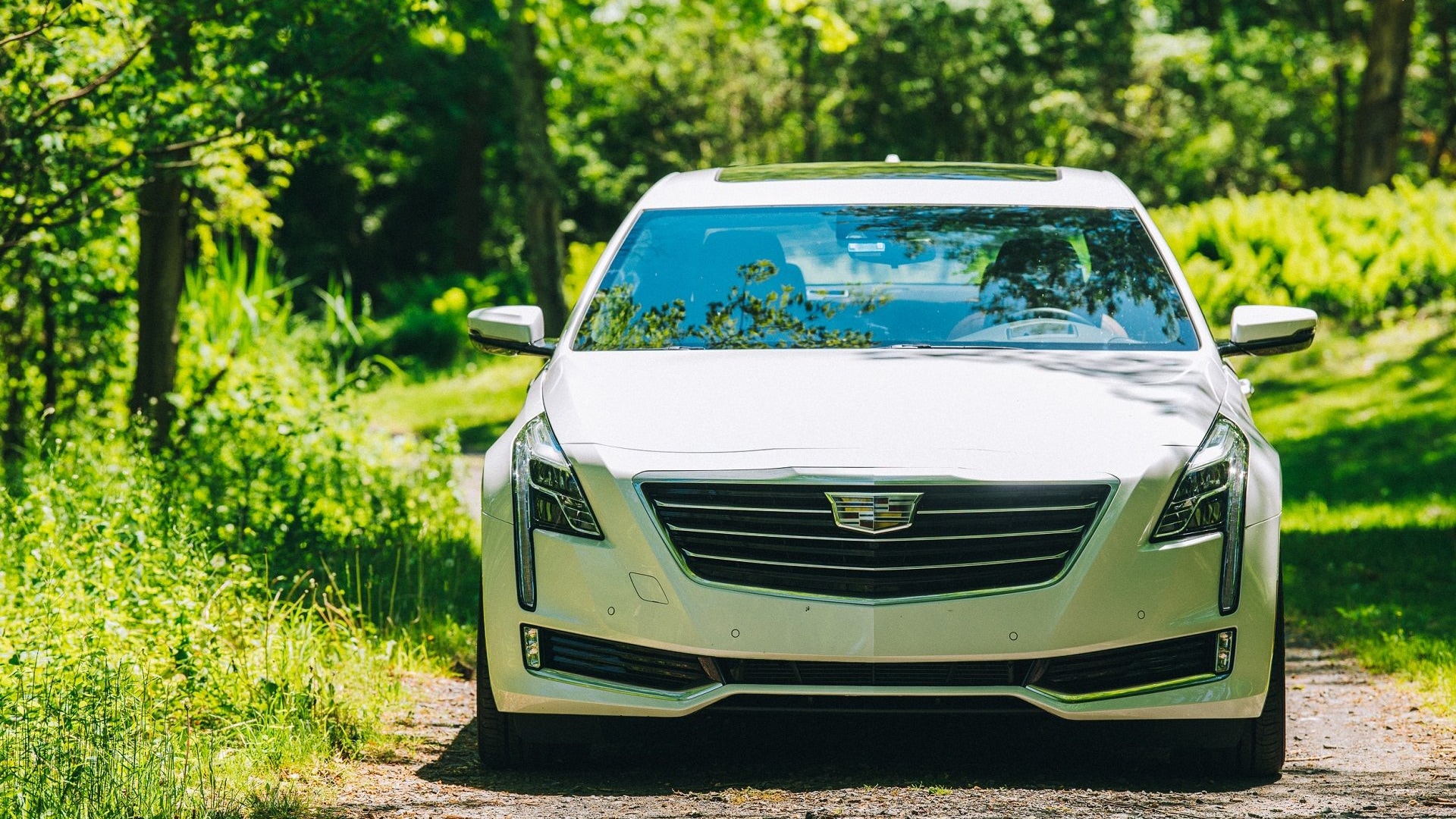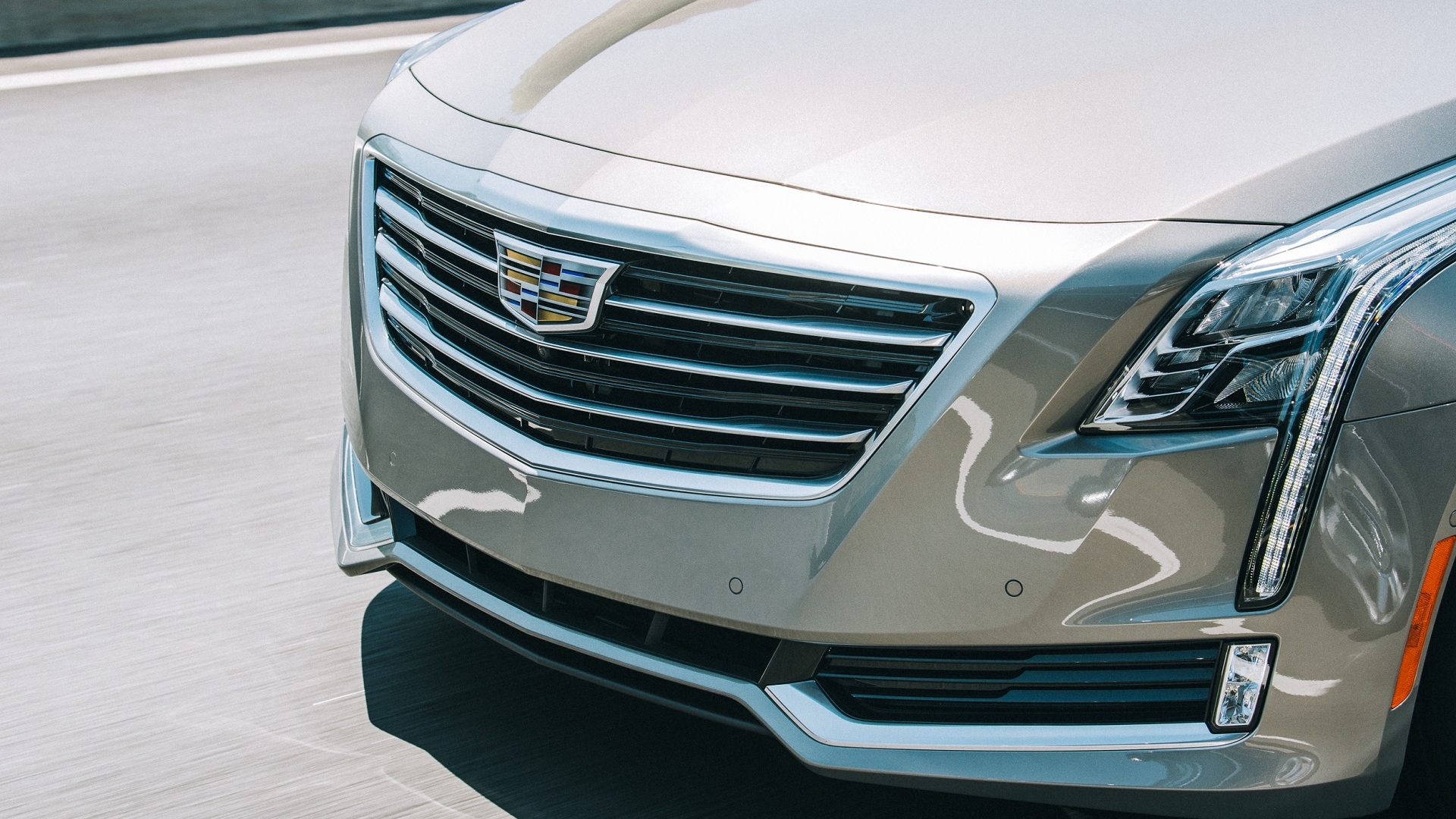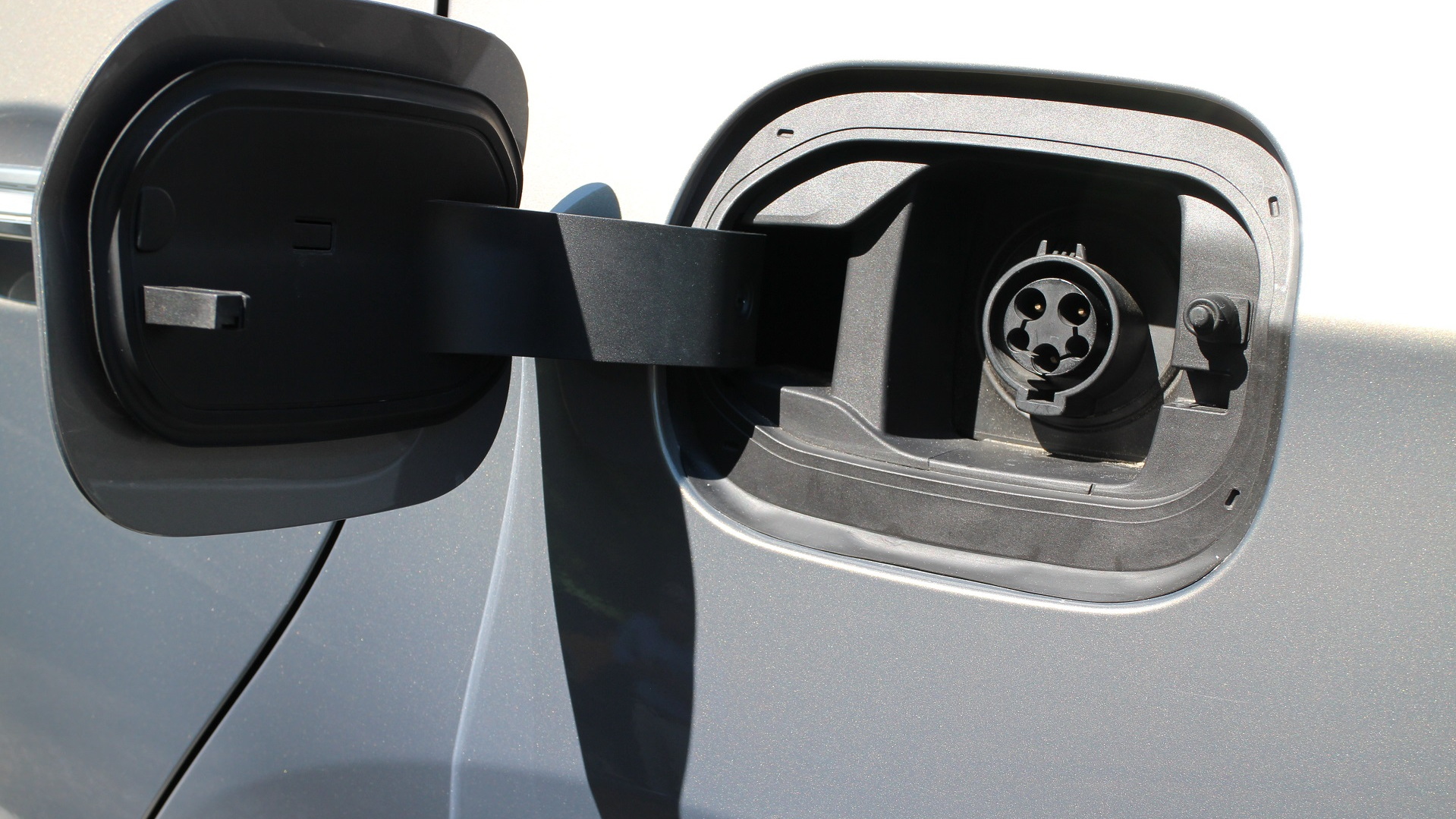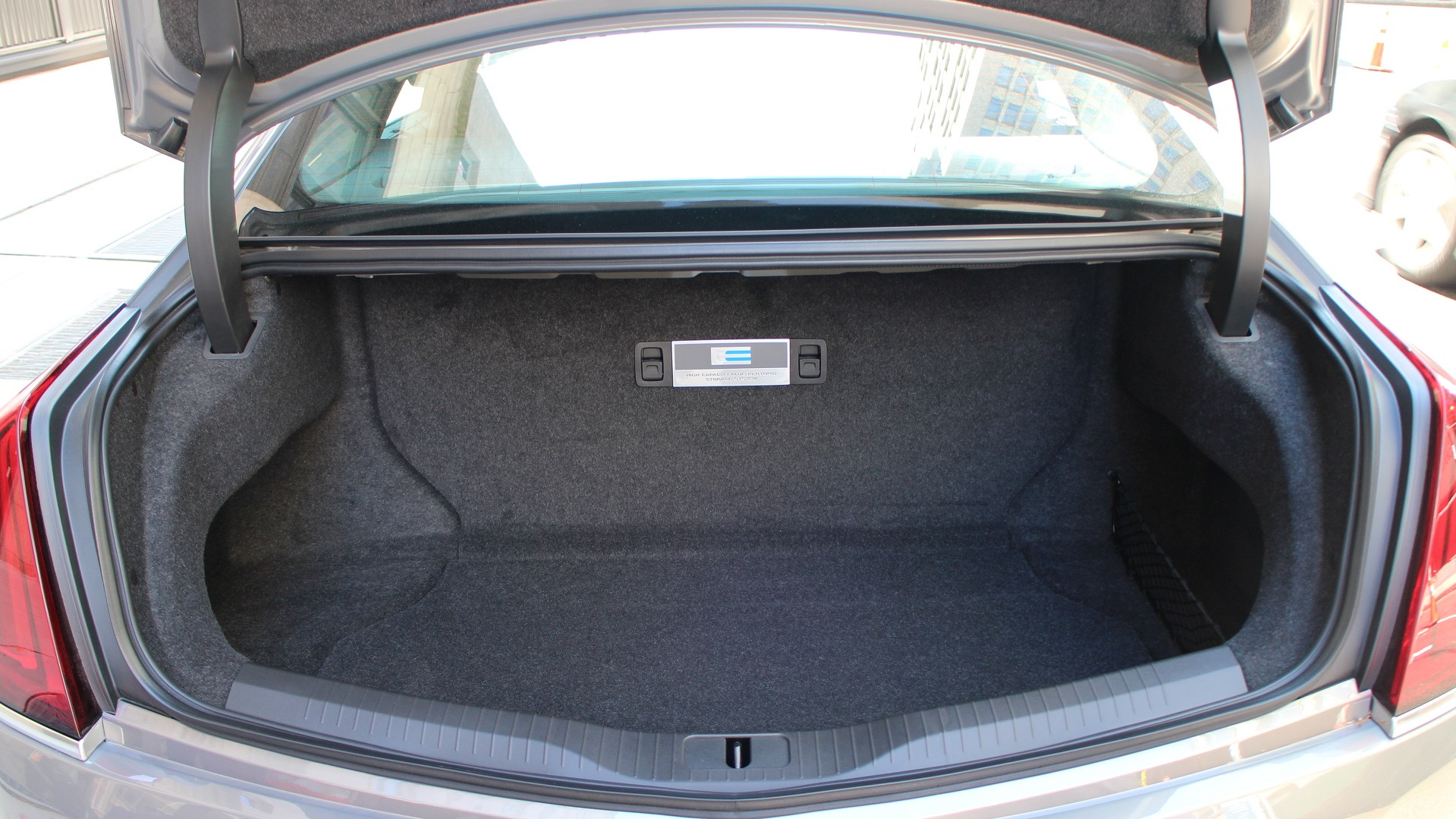The 2017 Cadillac CT6 Plug-In will be a rare beast in the U.S.; fewer than 1,000 are likely to be sold each year.
In many ways, that's a shame. This version of the CT6 large sedan is a worthy competitor among plug-in hybrid luxury cars, the rest of which will come from BMW, Mercedes-Benz, and Volvo.
Its rated electric range of 31 miles is roughly double that of the BMW 740e and Mercedes-Benz S550e, and the Cadillac's twin-motor hybrid transmission—similar to that of the Chevy Volt—is smoother than either of the Germans.
DON'T MISS: 2018 Cadillac CT6 - full review
We had a chance a couple of weeks ago to spend most of a day with a CT6 Plug-In, starting in New York City's dense urban traffic and heading into the leafy green environs of posh Westchester County.
Like the Chevrolet Volt, the plug-in CT6 starts out operating solely on battery power up to 78 mph for its rated range, then switches over to become a conventional hybrid once the battery is depleted.
Unlike the Volt, however, full acceleration even with charge remaining in the battery will kick on the engine, like other plug-in hybrids whose electric motors aren't quite sized to propel the entire weight of the car.

2017 Cadillac CT6 Plug-In specifications compared to those of competing plug-in hybrid large sedans
Also like the Volt, its performance is identical in both modes, with a quoted acceleration from 0 to 60 mph in 5.2 seconds.
The 18.4-kilowatt-hour lithium-ion battery in the CT6 has the same energy capacity as that of a Volt, and it too is liquid-cooled, but the pack is shaped very differently and sits just behind the rear seat at the front of the trunk.
The engine is a turbocharged 2.0-liter 4-cylinder, and between the engine and the two 90-kilowatt (120-horsepower) electric motors, total maximum power output is rated at 335 hp.
READ THIS: BMW 740e, X5 xDrive 40e: where do low-range plug-in hybrids fit in?
One advantage the CT6 has is light weight, due to the combination of high-strength steel and aluminum in the structure.
Cadillac says it's roughly 1,000 pounds lighter than the BMW 740e, which also uses a 2.0-liter turbo-4 as its engine.
Both the Mercedes 550e and the upcoming Porsche Panamera 4 e-Hybrid use turbocharged V-6 engines to provide roughly equivalent performance.

2017 Cadillac CT6 plug-in hybrid, New York City and Westchester County, NY, May 2017

2017 Cadillac CT6 plug-in hybrid, New York City and Westchester County, NY, May 2017

2017 Cadillac CT6 plug-in hybrid, New York City and Westchester County, NY, May 2017
From our drive notes, we took the following impressions:
- In either electric or hybrid operation, it was near impossible to tell when the engine was switching on; the suppression of noise and vibration is excellent
- Acceleration was mostly smooth, but in hybrid mode, we experienced a handful of very light judders that we don't recall from our various times with a Volt in the same mode
- Like the regular CT6 we drove a few months earlier, the ride is firm and there's a fair amount of tire noise for a luxury car
- We got 30 miles of electric range on the trip up to our destination, showing that—like the Volt—the range ratings are achievable in real-world use when the weather's temperate
- The regenerative brake paddle behind the left side of the steering wheel remains an excellent idea
- It's extremely rare we suggest more chrome or other dressing-up of a design, but the rear view in particular of the CT6 Plug-In was plain, bordering on severe, for a car priced at $75,000
The CT6 comes in only a single trim level, which includes a sunroof, a rear-seat comfort package, and pretty much all of the available electronic active-safety systems you can get on a CT6.
Cadillac says that to get a comparable list of features in its competitors will run you from $98,500 (for the BMW 740e) to more than $115,000 for the Mercedes 550e or the Porsche Panamera 4 e-Hybrid.

2017 Cadillac CT6 plug-in hybrid, New York City and Westchester County, NY, May 2017
All plug-in hybrid versions of the Cadillac CT6 are built in China and imported into the U.S. (The conventional versions are assembled in Detroit.) The build quality on our car seemed excellent.
Its battery pack, however, is assembled in Michigan and shipped to China for incorporation into the car; the electric motors similarly come from a GM plant near Baltimore.
China, in fact, is the main market for the CT6 Plug-In, to comply with the government's strong mandates to encourage sales of both battery-electric and plug-in hybrid vehicles.
CHECK OUT: Plug-in hybrid problem: buyers don't understand them at all
The company's target for plug-in CT6 sales there is 3,000 to 5,000 a year, although Cadillac says it's not there yet.
The BMW 740e and Mercedes-Benz 550e sell in small numbers in the U.S.—330 of the Mercedes in the first five months of this year, for instance—and the CT6 will roughly parallel those volumes in the States.
That's unfortunate, because with a range over 30 miles, the plug-in CT6 is capable of providing significant all-electric transportation, if only marketers could figure out how to explain the benefits of plug-in hybrids to potential buyers.
_______________________________________
